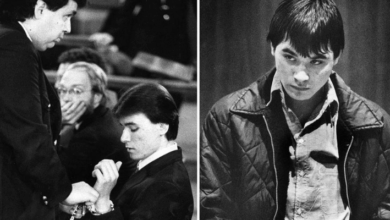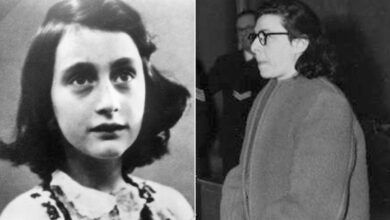Tsutomu Miyazaki – The Otaku Killer: A Chilling Case That Shook Japan

Tsutomu Miyazaki – The Otaku Killer: A Chilling Case That Shook Japan
Japan, a country known for its low crime rate and relatively peaceful society, was profoundly shaken in the late 1980s by the emergence of a chilling and grotesque figure—Tsutomu Miyazaki, later dubbed “The Otaku Killer” or “The Little Girl Murderer.” His crimes were not only horrifying in their brutality but also deeply unsettling in the way they blurred the line between reality and a dark, obsessive fantasy world. The case remains one of the most notorious and disturbing criminal episodes in Japanese history.
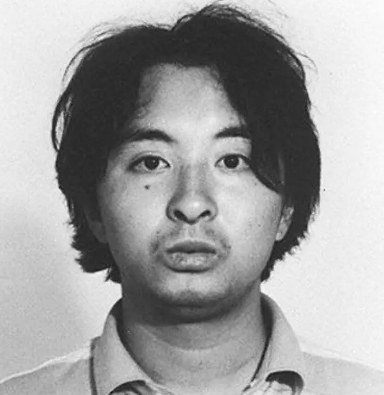
Early Life and Background
Tsutomu Miyazaki was born on August 21, 1962, in Itsukaichi, Tokyo, Japan. From the outset, his life was marked by tragedy and alienation. He was born prematurely and suffered from a rare birth defect that caused his hands to be fused to his wrists, preventing him from bending them normally. This deformity made Miyazaki the target of ridicule throughout his school years, leading to profound social isolation.
Despite this, Miyazaki was initially a good student. He attended Meidai Nakano High School, a prestigious institution, and was reportedly among the top of his class. However, after graduation, instead of pursuing his dream of becoming a cartoonist or filmmaker, he enrolled in a junior college to study photography. This marked the beginning of a downward spiral. Isolated and increasingly estranged from his peers and family, he began withdrawing into a dark fantasy world.
Miyazaki lived a double life. To the outside world, he appeared quiet and unremarkable. However, he had become deeply immersed in hentai, gore films, and violent anime, amassing a vast collection of disturbing media—reportedly over 5,000 videotapes, many of which were of pornographic or graphic content, including real footage of murders and car crashes.
The Crimes
Between August 1988 and June 1989, Tsutomu Miyazaki committed a series of heinous murders, targeting young girls between the ages of 4 and 7. In each case, he lured the children away, killed them, and often mutilated their bodies. His crimes shocked the nation not only because of their brutality but also due to the macabre and ritualistic elements involved.

1. Mari Konno (Age 4) – August 22, 1988
His first known victim was Mari Konno, a four-year-old girl from Saitama Prefecture. Miyazaki lured her into his car while she was playing near her home. He strangled her to death, dismembered her body, and took her hands and feet as trophies. In a disturbing twist, he burned her bones, ground them into powder, and sent them—along with her teeth and a note—to her grieving family in a box. The letter read: “Mari. Cremated. Bones. Investigate. Prove.”
2. Masami Yoshizawa (Age 7) – October 3, 1988
Masami was abducted in a similar manner and killed. Her body was dumped in the woods, and although less was done to her post-mortem compared to Mari, the psychological impact on the public was immense. People began to fear for the safety of their children, and panic started to spread.
3. Erika Namba (Age 4) – December 12, 1988
Erika was taken while walking home. Miyazaki strangled her and then photographed her body, engaging in necrophilic acts afterward. He also recorded much of the aftermath on video, indicating a deepening of his depravity and delusion.
4. Ayako Nomoto (Age 5) – June 6, 1989
This would be his final known victim. Ayako was lured into Miyazaki’s car, murdered, and her body dismembered. He stored her hands and feet in his closet, and attempted to burn and scatter her other remains, demonstrating a calculated approach to covering his crimes.
Capture and Investigation
Miyazaki’s capture was almost accidental. On July 23, 1989, he was caught by the father of two young girls whom he had been attempting to photograph inappropriately. As the father confronted him, Miyazaki fled. Police found his car nearby and eventually connected him to the murders after a search of his home unearthed a vast archive of disturbing videos and photos, including images of his victims.
Among the items discovered were videotapes of the murder scenes, trophies taken from the victims, and diaries where he described the killings in chilling detail. Investigators also found letters he had written to the victims’ families, taunting them or expressing bizarre emotions. The depravity of his crimes and the twisted mementos he kept made headlines across Japan and internationally.
Psychological Profile
During interrogation and trial, Miyazaki displayed little remorse. He referred to an alternate personality, “Rat Man,” whom he blamed for the murders. Psychiatrists were divided on his condition. Some diagnosed him with schizophrenia or multiple personality disorder, while others suggested antisocial personality disorder or psychopathy.
A critical aspect of the public and media fascination with the case was Miyazaki’s obsession with otaku culture—specifically anime, horror films, and pornography. While it’s inaccurate to say that his crimes stemmed directly from these interests, the press and public conflated otaku subculture with criminal deviance, leading to a moral panic about anime fans and collectors in Japan.
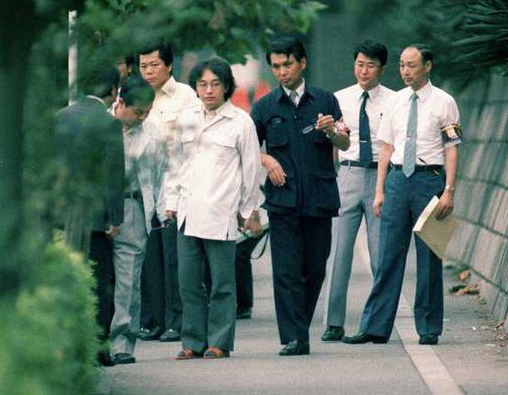
The Trial
Tsutomu Miyazaki’s trial began in 1990 and lasted over seven years, becoming one of the longest and most complex in Japanese criminal history. His defense lawyers argued insanity, citing his inability to understand the nature of his crimes. However, the court ultimately ruled that Miyazaki was mentally fit to stand trial and fully aware of his actions.
In 1997, the Tokyo District Court sentenced Miyazaki to death by hanging, stating that the heinous nature of his crimes, along with the suffering inflicted upon his victims and their families, warranted the maximum penalty.
He appealed the decision, but in 2006, the Japanese Supreme Court upheld the death sentence. On June 17, 2008, Tsutomu Miyazaki was executed, nearly two decades after his first murder.
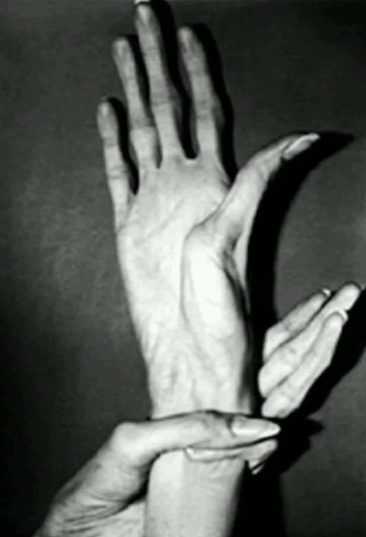
Impact and Legacy
The case of Tsutomu Miyazaki left a lasting scar on Japanese society. It catalyzed national debates on mental health, youth alienation, and the influence of media and pop culture. The term “Otaku Killer” became widely used in headlines, contributing to a broader stigma against anime fans and collectors, many of whom felt unfairly targeted by society.
The Japanese media played a significant role in shaping public perception. Sensationalist coverage often emphasized Miyazaki’s love of horror films and cartoons, using it as a narrative hook to fuel fear and outrage. As a result, otaku culture faced significant scrutiny and backlash during the early 1990s.
More broadly, the case sparked discussions about:
-
Criminal profiling and police readiness to handle serial killers in Japan.
-
The failures of mental health care and early intervention.
-
The role of family dysfunction—Miyazaki’s relationship with his parents, especially his emotionally distant father, came under investigation after his arrest.
-
The ethics and regulation of graphic content, especially in an era before widespread internet use.
Conclusion
The story of Tsutomu Miyazaki is one of tragedy, horror, and societal reflection. His crimes were not only shocking due to their cruelty but also because they came from someone who, for years, lived quietly in the shadows. Miyazaki’s life and actions remain a stark reminder of how mental illness, social alienation, and unchecked obsession can manifest in terrifying ways.
Although he was executed in 2008, the legacy of his crimes continues to haunt Japan. His story stands as a dark chapter in the nation’s modern history and a cautionary tale about the dangers of isolation, neglect, and the misunderstanding of subcultures. While Japan has moved on, the memory of “The Otaku Killer” serves as a chilling warning that even in the most peaceful societies, monsters can hide in plain sight.

